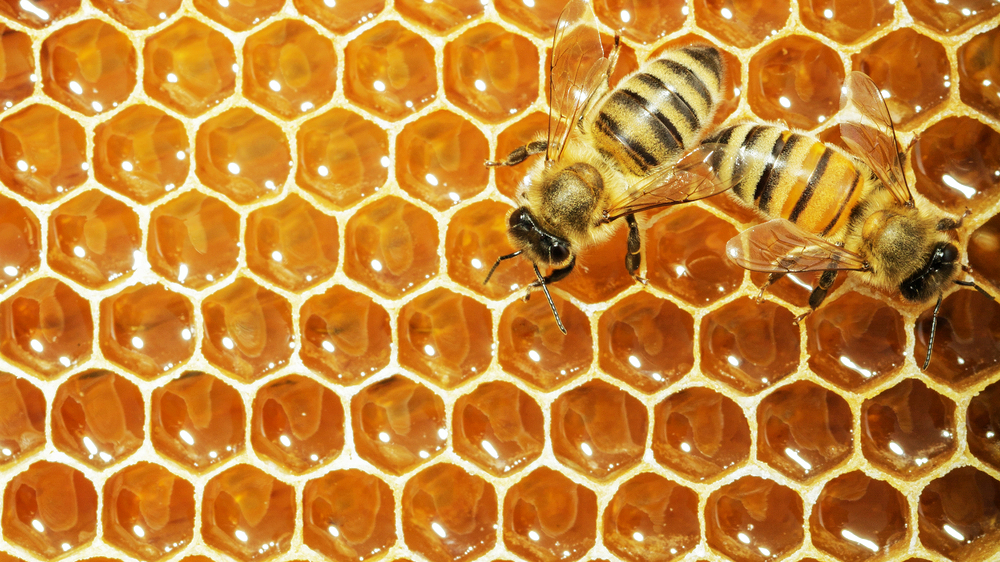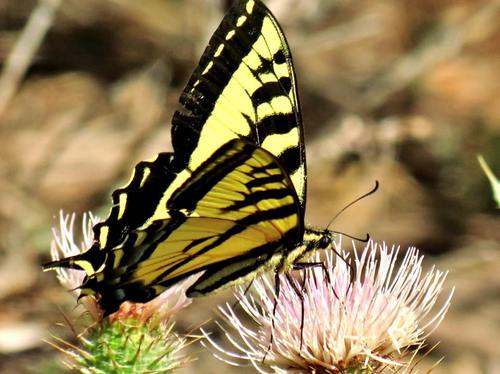The Honey Bee Hive and Honey Bee Landing Zone cams are back live on explore, giving an intimate look at the life and inner workings of a honey bee colony. These bees have built their communal home inside a large hollow log in the town of Waal, Bavaria, Germany.
Celebrate National Pollinator Week!
From mypubliclands: For National Pollinator Week, we’re sharing great photos of the birds and the bees and more! This Tiger Swallowtail butterfly was spotted in the BLM-managed Water Canyon Recreation Area right outside Winnemucca, Nevada by Gretchen Westhoff. You can also visit Explore.org’s Honey Bee Hive on the two Live Cams. Did You Know? “Seven years ago the U.S. Senate’s unanimous
Let’s Talk About the Birds & the Bees
Our Honey Bee Live Cam is more than just an insight to a secret world. It is a learning center to discover what makes these bees tick – or buzz as the case may be! – and what we can do to save them. (You can see the bee on the lower left doing his
Back at the Hive…
A few months ago it was “cold and rainy in Germany today … so the bees decided to cuddle up to keep warm!” – UW*Germany*. Did You know? Over the course of a lifetime a single bee will produce less than a teaspoon of honey. Bees smell with their antennae and can taste through their feet.
THE BUZZ ABOUT BEES:
2 sweet weeks of facts about honey bees 8. White Man’s Fly Most researchers believe the honeybee originated in Africa. The first European colonists introduced Apis mellifera, the common honeybee, to the Americas. Native Americans referred to the bees as “White Man’s Fly.” Today honeybees can be found all over the world. (PBS NOVA) See





